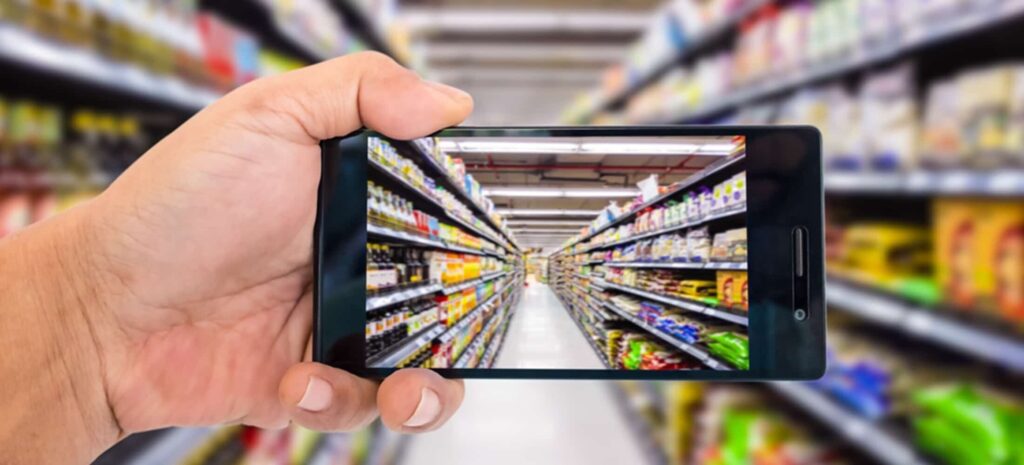Augmented Reality (AR) shopping is revolutionizing the retail landscape by integrating advanced technologies like Artificial Intelligence (AI) to enhance the consumer experience. This innovative approach allows customers to visualize products in real-world settings before making a purchase, significantly reducing uncertainty and increasing confidence in their buying decisions.
The Role of Augmented Reality in Shopping
AR technology overlays digital information onto the physical world, enabling consumers to interact with products in a more immersive way. For instance, shoppers can use AR apps to visualize how furniture would look in their living rooms or try on clothes virtually. This capability is facilitated through devices such as smartphones, tablets, and smart mirrors, which provide a seamless interface for engaging with products in a personalized manner[2][3].
Integration of AI with AR
The combination of AI and AR enhances the shopping experience by offering personalized recommendations based on user behavior and preferences. Generative AI algorithms analyze vast datasets to suggest products that align with individual tastes. When integrated with AR, these recommendations allow consumers to see how products fit into their lives, whether it’s trying on a dress or placing a new sofa in their home[3][4].
Devices Enhancing AR Shopping
-
AR Shopping Apps: These applications allow users to scan their environment and visualize products in real-time. For example, IKEA’s app lets customers see how furniture fits in their space before purchasing.
-
Smart Mirrors: Retailers are increasingly using smart mirrors in stores, enabling customers to try on clothes virtually. These mirrors can suggest outfits and accessories based on the items being tried on, creating a more engaging shopping experience[5].
-
Virtual Try-On Technologies: Many brands are adopting virtual try-on solutions that utilize AR and AI to allow customers to see how makeup, clothing, and accessories look on them without physically trying them on. This technology is particularly popular in the fashion and beauty sectors, where visual appeal is crucial[1][4].
Benefits of AR Shopping
-
Enhanced Customer Engagement: AR creates an interactive shopping experience that captivates consumers, encouraging them to spend more time exploring products.
-
Reduced Returns: By allowing customers to visualize products in their own environments, AR can help reduce the likelihood of returns due to mismatched expectations[5].
-
Personalized Experiences: The integration of AI with AR provides tailored product suggestions, making the shopping experience more relevant to each individual.
As AR technology continues to evolve, it promises to further blur the lines between online and offline shopping, creating a more cohesive and personalized retail experience for consumers. The future of shopping is set to be increasingly immersive, driven by the synergy of AR and AI technologies[2][3][4].
Further Reading
1. Augmented Reality and AI Virtual Try-On and E-commerce – Atlanta Technology Professionals
2. Artificial Intelligence and Augmented Reality in Ecommerce | Netscribes
3. NXT Interactive – Generative AI Meets AR Shopping: Recommending Products and Creating Virtual Try-On Experiences
4. Walmart rolls out new generative AI, AR shopping
5. Immersive Commerce: How Retailers Are Using AR/VR, GenAI & Digital Twins | Cutter Consortium


